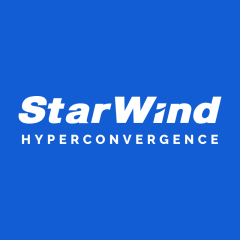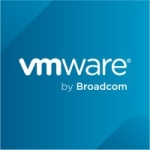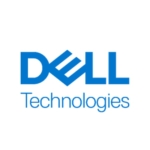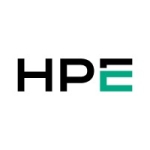My primary use case was for a SOHO deployment.
We wanted the branch offices to have software-defined storage. For our needs, performance, and costs, StarWind vSAN met our requirements as it was incredibly cost-effective with the best features ever and we did not need a witness for small deploys so the money we spent was on licenses and deployment, with less spent on purchasing another host and licenses for it.
StarWind Virtual San has improved our organization by giving us access to a product and technology that is very affordable, easy to use and understand, and is covering our backs by offering awesome premium support behind all our operations. You can easily learn the platform, however, you are always being watched by an expert, guiding you all time.
The hardware compatibility list is huge, so everything fits well into what we wanted, and it was just a matter of price and considering future expansions to choose the right product for us.
The most valuable feature, with no competitors, is the two nodes without an agent needed. It is a game changer, I can deploy anywhere with just two hosts (SOHO or small office) and no extra licenses, communication lines, third-party host, or anything else, it just works and does its job correctly.
It integrates (fully) with VMware and Veeam, my hypervisor, and backup vendors, so for me, all the puzzle pieces simply fit and work smoothly.
We are not locked to any vendor. We are free and work with whoever we normally work with, and deploy it on top.
A big improvement would be to make it compatible with NFS protocol, not only iSCSI (for internal communication).
Regarding the free community version, I would love to see a better console/web environment, like the production one, with, of course, limitations - like using it only for lab or internal purposes or limiting the size. Still, I'd like it to be more like the paid version.
They require more media visibility.
I've used the solution for more than two years.















